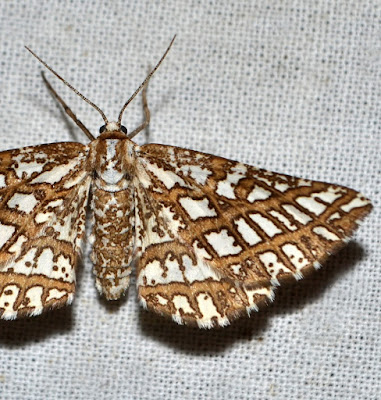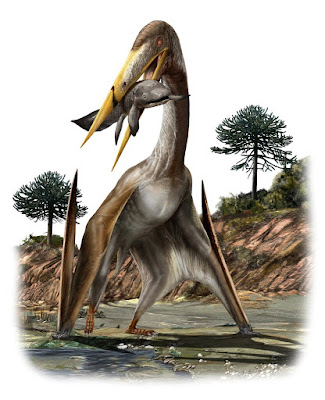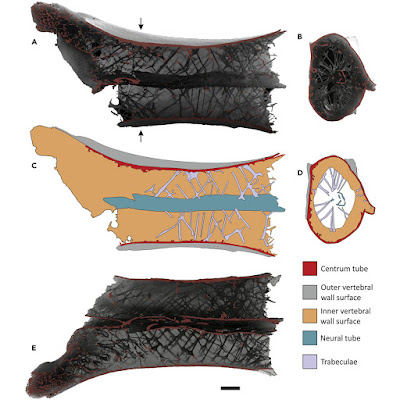[Most Recent Entries] [Calendar View]
Thursday, April 15th, 2021
| Time | Event | ||||
| 2:43a | [Entomology • 2021] Geometridae (Lepidoptera) of the Baikal Region: Keys to Species and An Annotated Catalogue. Part 1. Ennominae
Abstract The dichotomous keys to 106 species from 62 genera of Ennominae (Lepidoptera: Geometridae) of the Baikal region (Irkutskaya Oblast and Buryatia, Russia) is given. The annotated catalogue including synonyms, the details of examined specimens, data on distribution and hostplants with references is provided. Distribution of Macaria artesiaria ([Denis et Schiffermüller], 1775) in the Baikal region is confirmed. One species is newly combined with genus Hypoxystis Prout, 1915: H. reticulata (Sterneck, 1928) comb. nov. The genus name Scardostrenia Sterneck, 1928 is established to be a synonym of Hypoxystis Prout, 1915 syn. n. Some taxonomic aspects of Charissa turfosaria (Wehrli, 1922), Hypoxystis reticulata (Sterneck, 1928), Synopsia strictaria Lederer, 1853 and Autotrichia heterogynoides (Wehrli, 1927) are discussed. New westernmost boundary of the range of Abraxas karafutonis Matsumura, 1925 is established. Keywords: Lepidoptera, Geometridae, Ennominae, external morphology, genitalia, identification keys, checklist, Russia Irkutskaya Oblast, Republic of Buryatia Hypoxystis reticulata (Sterneck, 1928) Ilya Makhov. 2021. Geometridae (Lepidoptera) of the Baikal Region: Keys to Species and An Annotated Catalogue. Part 1. Ennominae. Zootaxa. 4962(1); 1-125. DOI: 10.11646/zootaxa.4962.1.1 | ||||
| 3:42a | [Paleontology • 2021] Helically arranged cross struts in Azhdarchid Pterosaur Cervical Vertebrae and their Biomechanical Implications
Highlights • Trabeculae in a pterosaur cervical vertebra are helically arranged. • As few as 50 trabeculae increase the buckling load by up to 90%. • Subsuming the neural tube into the centrum adds stiffness to the cervical series. Summary Azhdarchid pterosaurs, the largest flying vertebrates, remain poorly understood, with fundamental aspects of their palaeobiology unknown. X-ray computed tomography reveals a complex internal micro-architecture for three-dimensionally preserved, hyper-elongate cervical vertebrae of the Cretaceous azhdarchid pterosaur, Alanqa sp. Incorporation of the neural canal within the body of the vertebra and elongation of the centrum result in a “tube within a tube” supported by helically distributed trabeculae. Linear elastic static analysis and linearized buckling analysis, accompanied with a finite element model, reveal that as few as 50 trabeculae increase the buckling load by up to 90%, implying that a vertebra without the trabeculae is more prone to elastic instability due to axial loads. Subsuming the neural tube into the centrum tube adds considerable stiffness to the cervical series, permitting the uptake of heavy prey items without risking damage to the cervical series, while at the same time allowing considerable skeletal mass reduction.
Cariad J. Williams, Martino Pani, Andrea Bucchi, Roy E. Smith, Alexander Kao, William Keeble, Nizar Ibrahim and David M. Martill. 2021. Helically arranged cross struts in Azhdarchid Pterosaur Cervical Vertebrae and their Biomechanical Implications. iScience. DOI: 10.1016/j.isci.2021.102338 |
| << Previous Day |
2021/04/15 [Calendar] |
Next Day >> |



